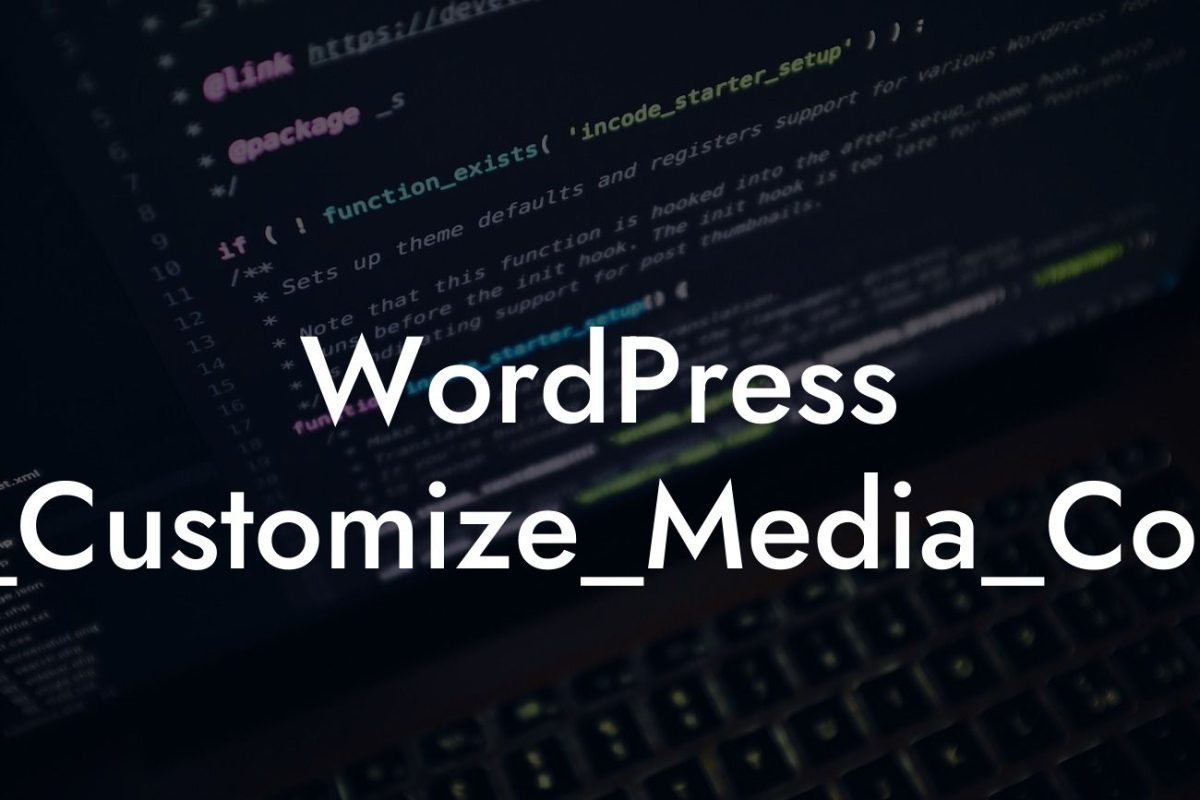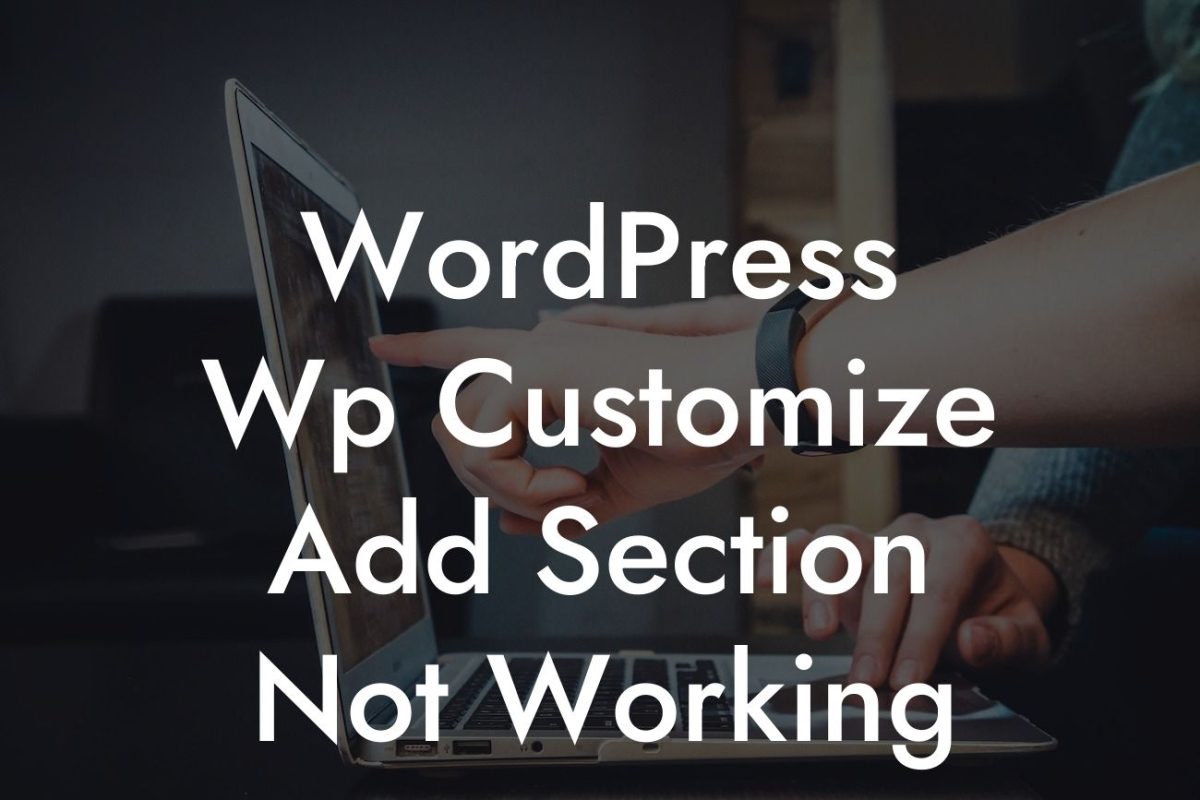Customizing the footer of your WordPress website is a great way to add a personal touch and enhance the overall user experience. Whether you are a small business owner or an entrepreneur, having a distinct and engaging footer can make a lasting impression on your visitors. In this article, we will walk you through the process of customizing the footer for a specific page in WordPress, ensuring that it complements your brand identity and promotes seamless navigation.
To customize the footer for a specific page in WordPress, you will need to follow these step-by-step instructions:
1. Install and Activate a Customizable Footer Plugin:
The first step is to install and activate a customizable footer plugin. DamnWoo offers an array of awesome WordPress plugins, including the Footer Customizer, specifically designed for small businesses and entrepreneurs. After installing the plugin, you can access its settings from the WordPress dashboard.
2. Configure Footer Customization Options:
Looking For a Custom QuickBook Integration?
Once you've accessed the Footer Customizer settings, you'll find various options to customize your footer. These options include changing the background color, adding custom texts, incorporating social media icons, and choosing the number of columns. Experiment with different combinations to create a visually appealing and functional footer for your specific page.
3. Assign the Customized Footer to a Specific Page:
To assign your customized footer to a specific page, navigate to the WordPress editor for that page. Look for the "Footer Customizer" meta box in the sidebar and tick the box that says "Use Custom Footer." This will override the global footer settings and display the custom footer design exclusively for this page.
4. Design the Custom Footer:
In the WordPress editor for the specific page, you can now design your custom footer by adding widgets or shortcodes provided by DamnWoo's Footer Customizer plugin. These widgets might include contact information, newsletter signup forms, or social media feeds. Add and arrange these elements to align with your page's content and engage your visitors effectively.
Customize Footer For Specific Page Wordpress Example:
Let's say you own an e-commerce website and want to create a unique footer for your product pages. By customizing the footer using DamnWoo's Footer Customizer plugin, you can add a dynamic product carousel that showcases your latest offerings. Furthermore, you can include social media icons to encourage visitors to follow and share your product updates, ultimately driving more traffic to your website.
Don't settle for basic, generic footers on your WordPress website. Customize the footer for specific pages to create a lasting impression and elevate your online presence. Explore DamnWoo's collection of awesome plugins to enhance your website's functionality and design. Share this article with others who might find it helpful, and stay tuned for more guides from DamnWoo to make the most out of your WordPress journey.













